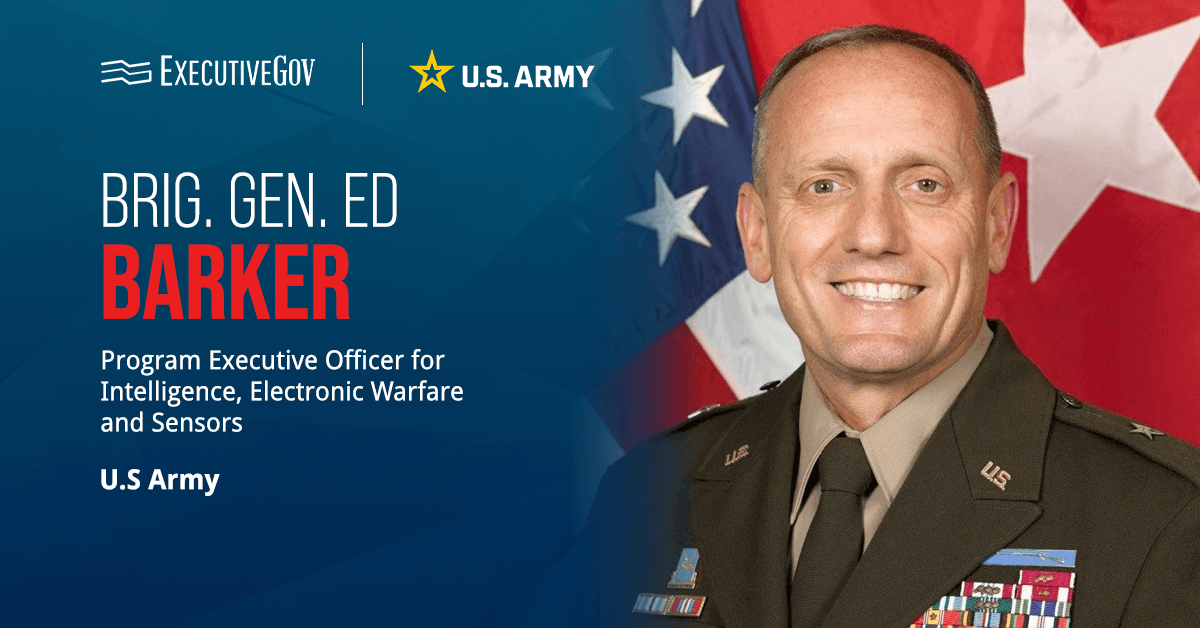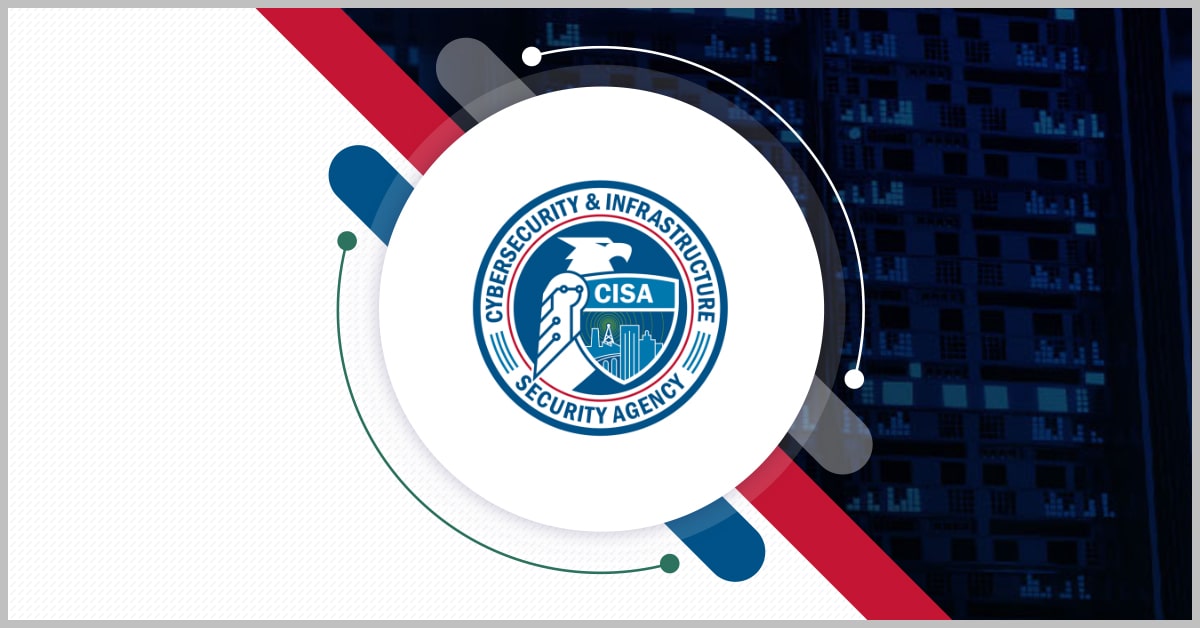NASA and the Italian Space Agency are collaborating on the Lunar GNSS Receiver Experiment, or LuGRE, which seeks to demonstrate the viability of providing positioning, navigation and timing capabilities on the moon using U.S. GPS and European Union Galileo Global Navigation Satellite System signals.
Table of Contents
Lunar GNSS Receiver Experiment
NASA said Friday that near-Earth missions already take advantage of GPS and GNSS, but LuGRE will work to acquire these signals on the way to the moon, while in lunar orbit and on the moon’s surface. The success of the experiment will show the possibility of spacecraft using existing GNSS satellites for navigation even at lunar distances rather than relying on stations on the Earth’s surface.
Kevin Coggins, deputy associate administrator at NASA and manager of the agency’s Space Communications and Navigation Program, said, “GPS makes our lives safer and more viable here on Earth. As we seek to extend humanity beyond our home planet, LuGRE should confirm that this extraordinary technology can do the same for us on the moon.”
For his part, Joel Parker, PNT policy lead at NASA’s Goddard Space Flight Center, said, “This mission is more than a technological milestone. We want to enable more and better missions to the Moon for the benefit of everyone, and we want to do it together with our international partners.”
Data to be collected by the effort will subsequently be made available to improve access to lunar GNSS research information.
Blue Ghost 1 Mission
The LuGRE payload will be transported to the moon along with nine other instruments aboard the Blue Ghost 1 mission as part of NASA’s Commercial Lunar Payload Services initiative. Firefly Aerospace is providing the lunar lander while SpaceX is providing the launch vehicle.
The target launch date is Jan. 15.












